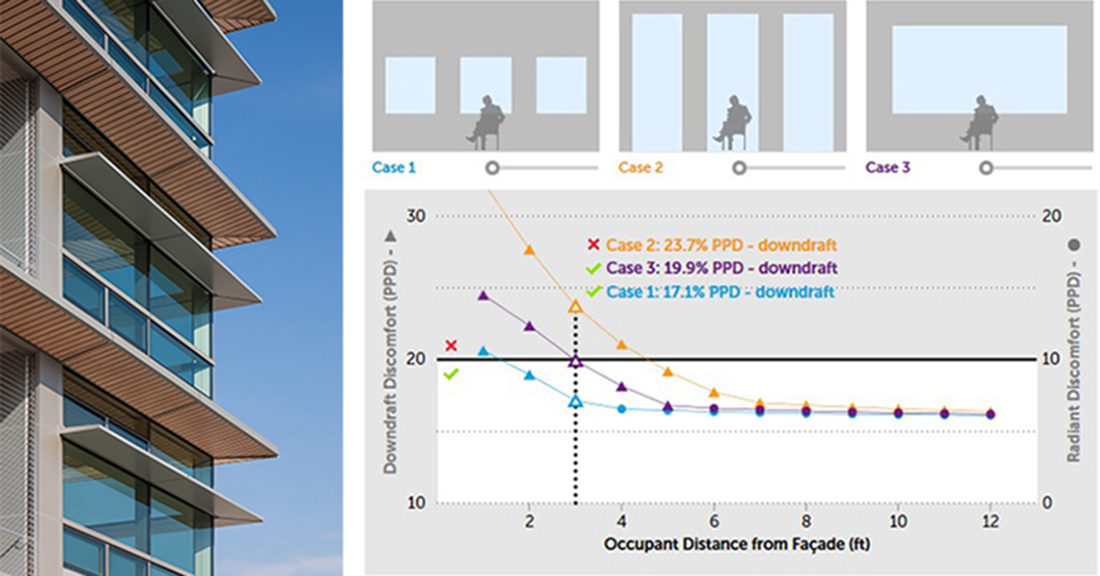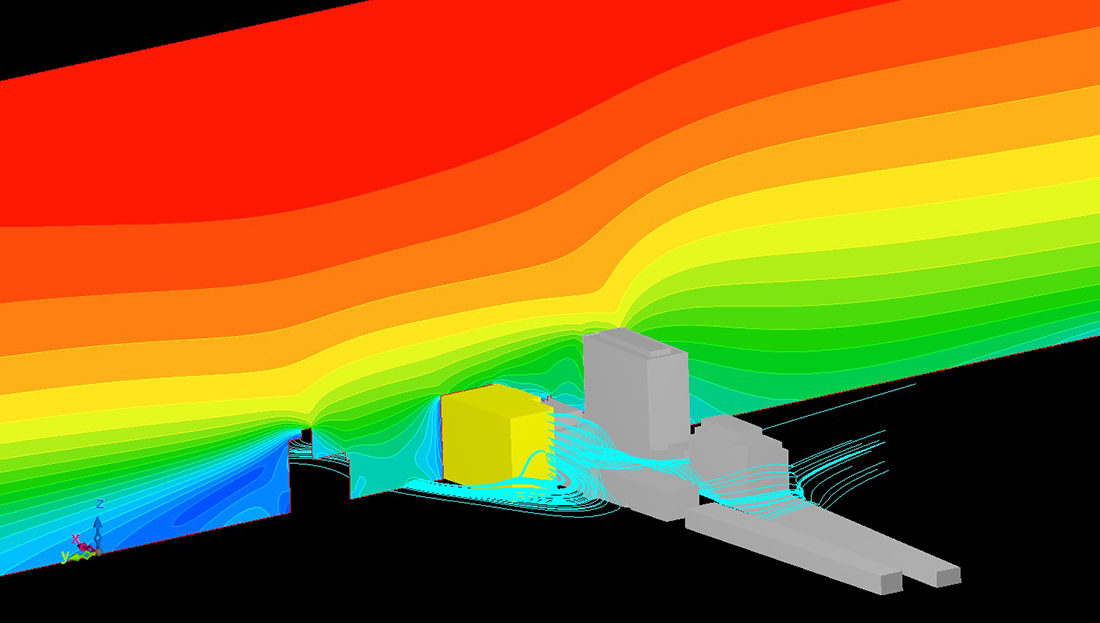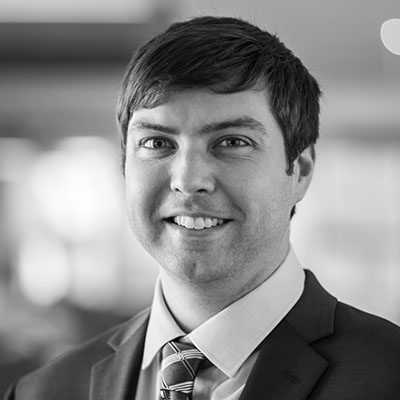Last week, the PAYETTE Building Science Team packed their bags and set out to San Francisco for the 15th biennial International Building Simulation Conference. Since the conference series started 30 years ago, it has grown into an important event for all at the forefront of modeling building physics with computers.

The PAYETTE Building Science team presented our two papers outlining the methods used within our Glazing and Winter Comfort Tool. While both papers focused on the challenge of designing comfortable wintertime spaces in the absence of perimeter heating, each paper addressed different levels of complexity. With a plethora of scientists in attendance, our team had the opportunity to discuss the feasibility of integrating the methods into official thermal comfort standards. Our published papers and tool were possible due to the foundational work of a number of scientists including Stefano Schavion and Gail Brager from the Berkeley Center for the Built Environment, and PAYETTE’s Lynn Peterman and Vera Baranova were large contributors to the papers. The two publications can be accessed here:
Glazing and Winter Comfort Part 1: An Accessible Web Tool for Early Design Decision-Making
Glazing and Winter Comfort Part 2: An Advanced Tool for Complex Spatial and Temporal Conditions

In addition to these two major publications, the PAYETTE Building Science team was contributed on a number of panel discussions. Andrea Love participated in a panel discussion entitled “Technical Storytelling: The Key to Successful Communication.” Chris Mackey sat on two panel discussions including “Build Your Own Building Simulation Tool” and “Introduction to Open Web Tools Miniworkshop.” Finally, Alejandra Menchaca participated in a discussion on “Energy Modeling Output Framework; Improving Communication and Decision-Making.”
While the honors and discussions are always wonderful, perhaps the most valuable thing that the building science team brought back from the event is a set of new alliances and connections formed with parallel research and software development efforts. The simple ability to reconnect with colleagues and combine research efforts has no doubt saved countless hours of duplicated efforts and is the true root of many innovations within the building science field. Because of these connections, our practice here at PAYETTE will continue to push new workflows with the latest and greatest technical capabilities.


